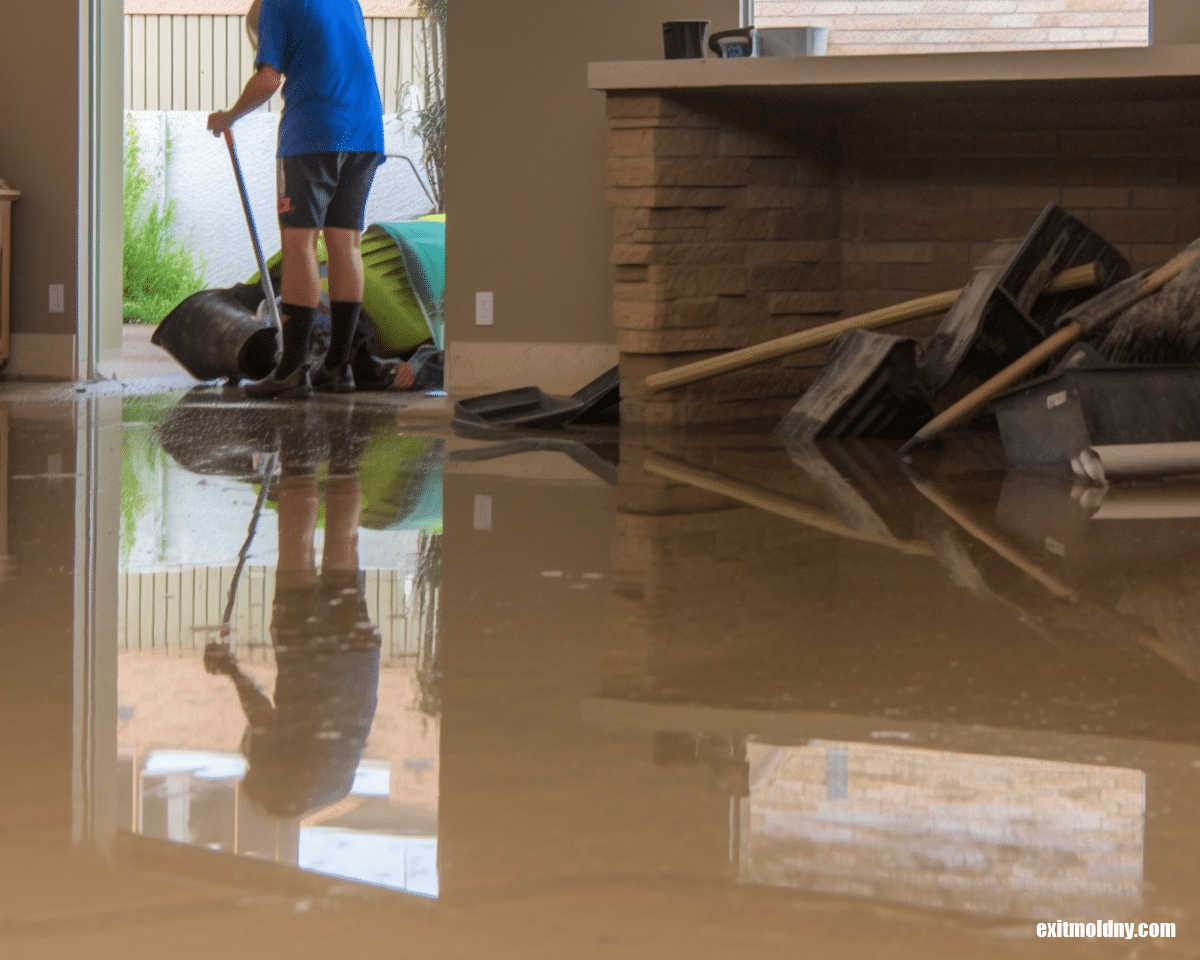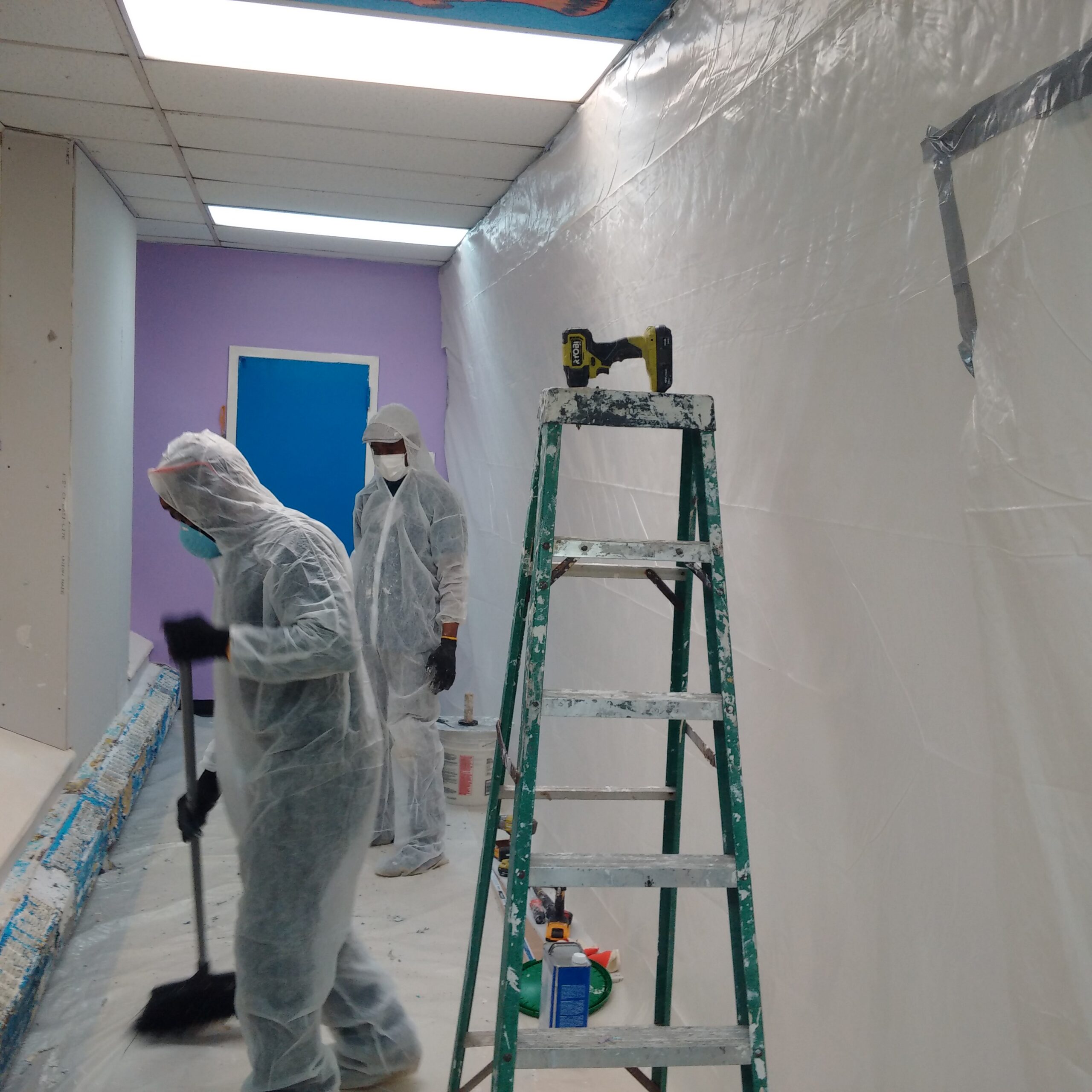Comprehensive Lead Paint Removal Service in NYC-- Licensed and Certified
Comprehensive Lead Paint Removal Service in NYC-- Licensed and Certified
Blog Article
Best Practices for Ensuring Safe and Comprehensive Lead Offense Reduction
Resolving lead offense reduction requires a multi-faceted technique to guarantee both safety and compliance. It's the last clearance procedure, including extensive evaluations and laboratory screening, that absolutely validates a lead-free environment, ensuring lasting safety and security. Exactly how do these practices adjoin to assure detailed lead abatement?

Preliminary Assessment
Carrying out a preliminary assessment is a critical very first step in lead violation reduction. This phase incorporates a comprehensive evaluation of the property to determine the visibility, degree, and specific places of lead-based hazards. Certified professionals, such as qualified lead inspectors or take the chance of assessors, ought to execute an extensive website examination, using devices like X-ray fluorescence (XRF) analyzers to accurately identify and measure lead focus in paint, dirt, soil, and water.
The analysis must likewise consist of a review of the structure's history, previous reports, and any kind of issues or health and wellness problems reported by occupants - Lead Removal Contractors. Recording the findings carefully is necessary, as these records develop the basis for creating an effective abatement method. A thorough evaluation likewise entails sampling and laboratory evaluation, which are vital to confirm the existence of lead and overview subsequent actions
Additionally, it is essential to interact the results transparently to all stakeholders, consisting of homeowner, lessees, and governing authorities. By ensuring that the initial assessment is carried out with precision and rigor, experts can lay a solid foundation for a targeted and effective lead abatement process, eventually securing public health and wellness and making sure conformity with regulative requirements.
Appropriate Containment
Correct control is important to avoid the spread of lead contaminants throughout abatement tasks. Successfully handling control minimizes the threat of lead dirt and debris moving to non-work areas, therefore securing both the environment and people outside the immediate job zone.

Normal assessments of the control area are necessary to inspect for violations or weaknesses in the barrier. Any type of identified issues should be without delay resolved to preserve the integrity of the containment. By adhering to these practices, abatement jobs can properly control lead contamination and mitigate involved wellness risks.
Employee Protection
Making sure employee protection is paramount during lead reduction projects to stop job-related exposure to harmful lead fragments. Important procedures include using individual Check This Out protective equipment (PPE) such as respirators, handwear covers, and full-body matches specifically developed to block lead dirt and fumes. Employees need to undergo detailed training on the proper usage and upkeep of PPE, including fit testing for respirators to make sure optimum efficiency.
Design controls, such as local exhaust ventilation systems, are essential in lessening air-borne lead focus in the job atmosphere. Management controls need to also be implemented, including limiting the duration of exposure and rotating employees to reduce individual direct exposure times. Normal medical surveillance and biological surveillance are essential for early detection of lead absorption, enabling prompt see it here treatment and therapy.
Moreover, developing a decontamination protocol is vital. Workers must adhere to rigorous purification treatments before breaks and at the end of their shift to stop lead dirt from being brought outside the work area. This consists of extensive hand and face washing with lead-specific cleaning agents and transforming out of polluted clothes.
Precise Clean-up
Keeping a risk-free work setting expands beyond employee security and encompasses thorough clean-up to guarantee lead particles are extensively eliminated from the site. The procedure of precise cleaning is important in stopping the recontamination of the abated area and safeguarding both existing and future residents.
To achieve a detailed cleanup, all job areas have to be systematically sanitized. This involves using specialized HEPA (High-Efficiency Particulate Air) vacuum cleaners and wet-wiping techniques to catch and remove fine lead dirt that may have picked surfaces. It is critical to clean up all straight surfaces, including floorings, window sills, and counter tops, in addition to vertical surface areas that might have trapped lead bits.
Employees should put on appropriate personal safety tools (PPE) during clean-up to stay clear of exposure to residual lead dirt. Made use of cleaning materials such as wipes, sponges, and wipe heads click here for info need to be gotten rid of in conformity with contaminated materials disposal policies.

Last Clearance
Last clearance is the important wrapping up stage of lead abatement that identifies whether the site is secure for reoccupation. This critical action involves comprehensive assessment and screening to confirm that all lead risks have actually been properly eliminated. The process begins with a visual inspection by a certified lead-based paint assessor or threat assessor to ensure no visible dust or debris remains. This is complied with by gathering dirt clean examples from different surface areas, consisting of floors, windowsills, and various other horizontal surfaces. Lead Removal Contractors.

Last clearance screening not only protects future owners yet likewise ensures conformity with regional, state, and federal laws. It serves as a recorded recognition of the abatement service provider's adherence to market ideal methods. Ensuring a thorough and effective last clearance is necessary in protecting public wellness and fostering count on the abatement procedure.
Conclusion
Guaranteeing secure and complete lead offense reduction necessitates a diverse approach including first evaluations with innovative detection techniques, reliable containment methods, rigorous employee security methods, and meticulous clean-up treatments. The last clearance phase, featuring thorough inspections and lab screening, is crucial to verify conformity with EPA criteria. Adherence to these best practices ensures a secure setting for occupants, alleviates wellness threats, and upholds regulatory demands, consequently advertising public wellness and safety in lead-affected areas.
Report this page